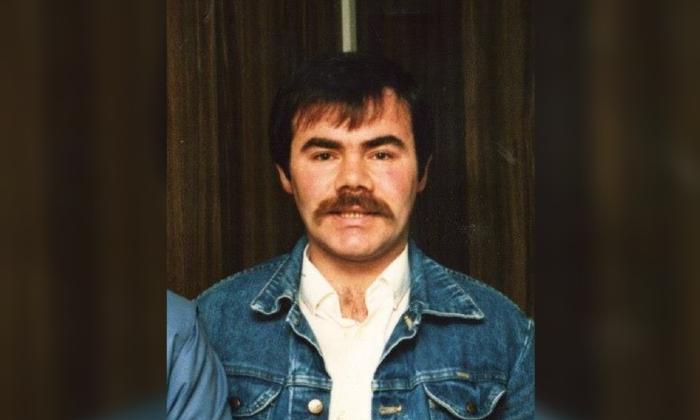A coroner who oversaw an inquest into the deaths of three IRA men who were killed in an SAS ambush in 1991 has referred several soldiers to Northern Ireland’s Public Prosecution Service (PPS).
But he says criminal acts may have been committed in the planning of the operation and in the aftermath of the shooting.
He has referred four soldiers—referred to only as Soldiers M, N, E and F—to the PPS over the planning of the operation and two others, Soldiers E and U, over the destruction of a video of the ambush.
On June 3, 1991, Michael “Pete” Ryan, 37, Lawrence McNally, 39, and Tony Doris, 21, were gunned down in the village of Coagh by a Special Military Unit comprising of SAS soldiers, which had set up an ambush.
All three were shot dead by the soldiers, who fired up to 150 rounds.
Their car collided with another vehicle and a wall then was engulfed in flames.
Relatives of the victims have claimed the three men fell victim to a “shoot-to-kill” policy which the British Army was operating in Northern Ireland at the time and said there was never any intention of arresting them.
Families Believe Coagh Was ‘Kill Zone’
In a statement, he said, “The Ryan and Doris families have always maintained that the military were operating a shoot-to-kill policy at this time and effectively set up a kill zone in Coagh.”Mr. Justice Humphreys ruled last week the soldiers had an honest belief it was necessary to shoot the men—who were planning to kill a former member of the Ulster Defence Regiment (UDR) in a car park on the north side of Coagh—to prevent loss of life.
The coroner said he heard evidence a “hard arrest” was planned with a “reaction group” in nearby Hanover Square tasked with the arrest.
But he said the planning of the operation was flawed and the “reaction group” were placed too far away from the car park and could never have been able to get there in time if the IRA men arrived at speed, as they did, forcing the “cover group” to engage them with fatal consequences.
The judge also heavily criticised the soldiers for destroying a video of the ambush and said senior British Army officers had taken steps to “excuse, justify, and support this reprehensible conduct.”
He said they had destroyed the video to prevent any of them from being identified, even if it prevented the police investigating a possible crime.
“The soldiers’ attitude showed a clear and unequivocal willingness to subvert the rule of law,” he said, while giving his preliminary findings.

The Northern Ireland Troubles (Legacy and Reconciliation) Act came into force on Wednesday and all inquests and actions to prosecute individuals relating to The Troubles were discontinued.
But a few hours before the deadline passed, Mr. Justice Humphreys wrote to Northern Ireland’s director of public prosecutions, Stephen Herron, asking for an investigation into the soldiers’ actions.
In his letter, he said: “I have carefully considered the submissions of both the next of kin and the former military witnesses and have come to the view that I am required to write to you under the terms of s.35(3) on the basis that criminal offences may have been committed in relation to the planning of the operation which led to those deaths.”
He added: “In this regard, I consider that I am required to refer the conduct of Soldiers M, N, E and F to your office.”
“I have also decided to exercise my discretion and to refer the conduct of Soldiers E and U to your office in respect of the destruction of a video recording of the subject incident,” he added.
New Body Takes Over Troubles-Era Investigations
From May 1 the new Independent Commission for Reconciliation and Information Recovery (ICRIR) takes over the investigation of incidents dating from The Troubles.On Wednesday, during a demonstration outside ICRIR’s office in Belfast, Sinn Fein MP John Finucane—whose father Pat was killed by loyalists in 1989—said: “This is very much a day of shame. This is a day when legal challenges in our courts officially come to an end.”
“The British government have today officially removed the independence of our courts in looking at our past,” he added.







